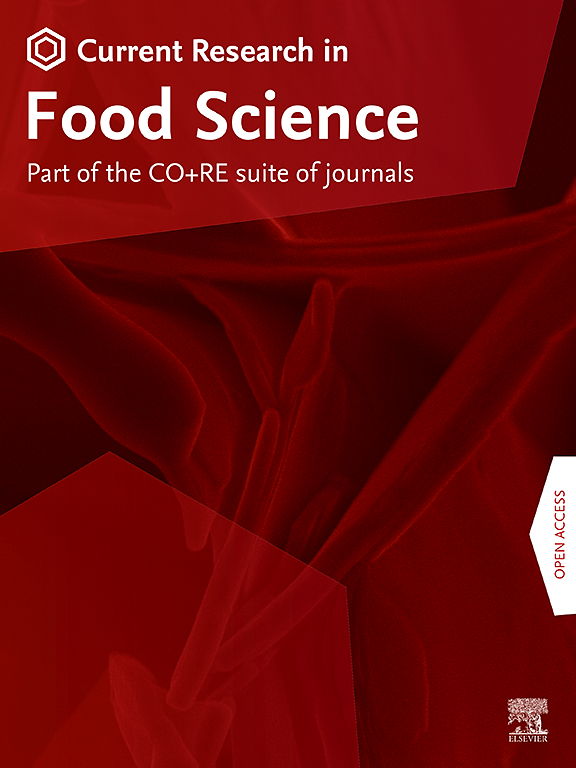An innovative agent-based technique for determination of tortuosity in porous materials – Case study: bread and bread dough
IF 6.2
2区 农林科学
Q1 FOOD SCIENCE & TECHNOLOGY
引用次数: 0
Abstract
Tortuosity is an important structural parameter of porous materials, and it is the ratio of the actual distance between two points to the shortest linear distance between them. In the current work, we illustrate the employment of Brownian motion principles for the estimation of the average tortuosity. Two types of images were used in this work. The first one was standard images with a certain pre-defined direct length and tortuosity, and they were used for the standardization and calibration of our new method of tortuosity measurement. The second one was real images of the cross-sectional view of bread samples during baking. Tortuosity and porosity of bread were tracked at different times of baking. All image types had three connected parts named start section, transmission path region, and end section. In these images, the average tortuosity from start to end section was estimated, using the principle of Brownian motion applied in a multi-agent system. The average tortuosity of bread porous structure during baking was found to be 2– ∞. In the first stage of baking, tortuosity decreased rapidly, while at the end of this process, the tortuosity of the bread structure increased slightly. Moreover, the effect of porosity and pore distribution pattern on tortuosity could be evaluated easily, and heterogeneity of the desired structure could be illustrated. Therefore, this new method is a valuable technique to measure tortuosity in bakery products and to describe porous materials.

一种测定多孔材料扭曲度的创新试剂技术。案例研究:面包和面包面团
弯曲度是多孔材料的一个重要结构参数,它是两点之间的实际距离与两点之间的最短线性距离之比。在当前的工作中,我们说明了使用布朗运动原理来估计平均扭曲度。在这项工作中使用了两种类型的图像。第一种是具有一定直接长度和扭曲度的标准图像,用于我们的新扭曲度测量方法的标准化和校准。第二张是面包样品在烘烤过程中横切面的真实图像。在不同的烘烤时间对面包的弯曲度和孔隙度进行了跟踪。所有的图像类型都有三个相连的部分,分别是起始区、传输路径区和结束区。在这些图像中,利用多智能体系统中应用的布朗运动原理,估计了从开始到结束部分的平均扭曲度。面包多孔结构在烘烤过程中的平均扭曲度为2 -∞。在烘烤的第一阶段,面包结构的扭曲度迅速下降,而在烘烤的最后阶段,面包结构的扭曲度略有增加。此外,孔隙率和孔隙分布模式对弯曲度的影响可以很容易地评估,并且可以说明所需结构的非均质性。因此,这种新方法是测量烘焙产品扭曲度和描述多孔材料的一种有价值的技术。
本文章由计算机程序翻译,如有差异,请以英文原文为准。
求助全文
约1分钟内获得全文
求助全文
来源期刊

Current Research in Food Science
Agricultural and Biological Sciences-Food Science
CiteScore
7.40
自引率
3.20%
发文量
232
审稿时长
84 days
期刊介绍:
Current Research in Food Science is an international peer-reviewed journal dedicated to advancing the breadth of knowledge in the field of food science. It serves as a platform for publishing original research articles and short communications that encompass a wide array of topics, including food chemistry, physics, microbiology, nutrition, nutraceuticals, process and package engineering, materials science, food sustainability, and food security. By covering these diverse areas, the journal aims to provide a comprehensive source of the latest scientific findings and technological advancements that are shaping the future of the food industry. The journal's scope is designed to address the multidisciplinary nature of food science, reflecting its commitment to promoting innovation and ensuring the safety and quality of the food supply.
 求助内容:
求助内容: 应助结果提醒方式:
应助结果提醒方式:


